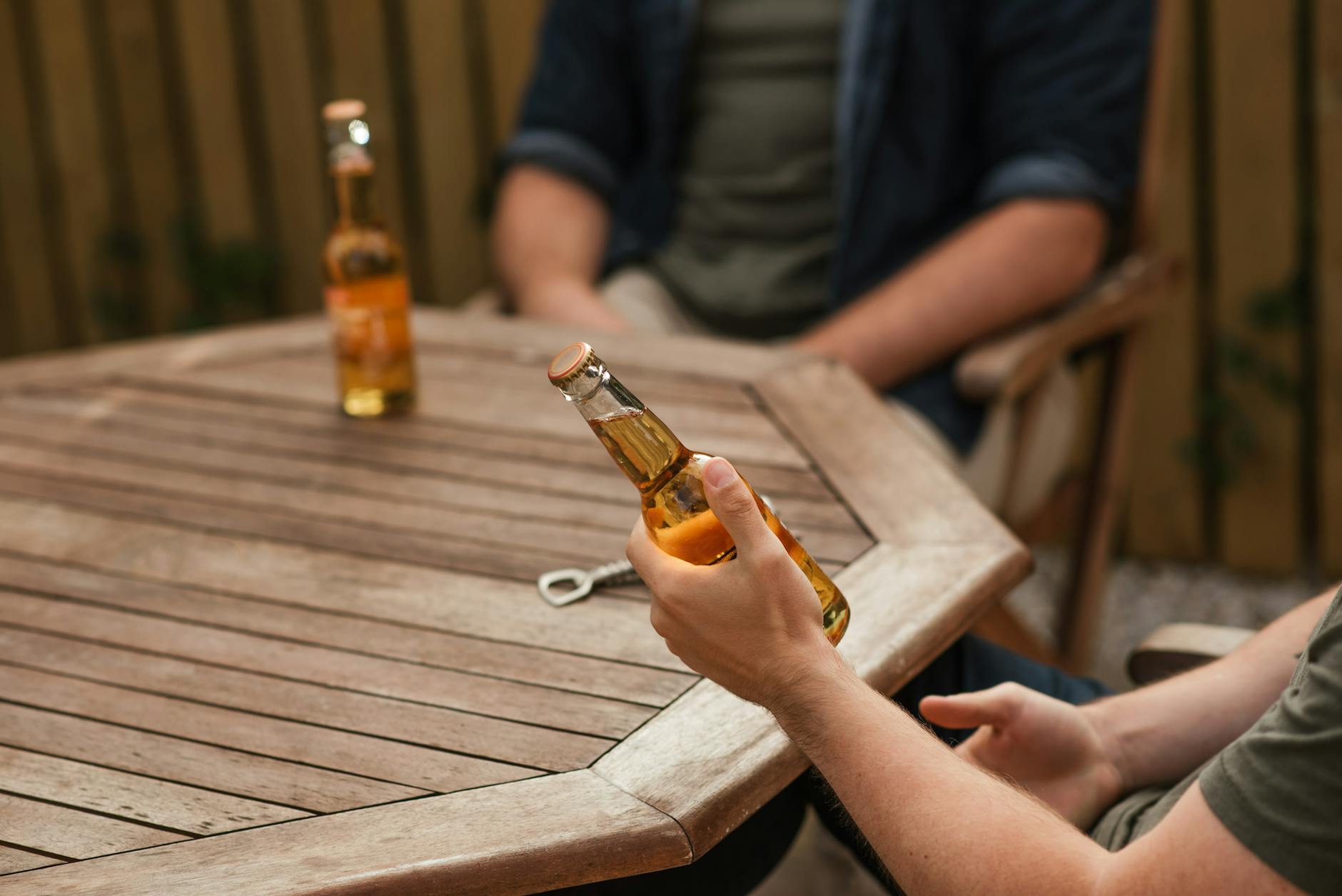Unlock the mystery of alcohol tolerance and discover the magic number of beers it takes to push you over the edge.
Table of Contents
Alcohol consumption is a common social activity enjoyed by many, but the line between having a good time and overdoing it can sometimes be blurred. One of the most frequently asked questions when it comes to drinking is, “How many beers does it take to get drunk?” In this blog post, we will delve into the science behind alcohol metabolism, individual tolerance levels, and various factors that influence intoxication levels.
The Science Behind Alcohol Metabolism
When you consume alcohol, your body begins the process of breaking it down through metabolism. The majority of alcohol metabolism occurs in the liver, where enzymes work to convert alcohol into acetaldehyde, a toxic substance that is further broken down into acetate and then carbon dioxide and water. The rate at which alcohol is metabolized can vary depending on a variety of factors, including the type of alcoholic beverage consumed and the individual’s metabolic rate.
Beer, wine, and spirits all contain varying amounts of alcohol by volume (ABV). Beer typically has a lower ABV compared to wine and spirits, meaning it may take more beers to reach the same level of intoxication as a glass of wine or a shot of liquor. Additionally, the carbonation in beer can sometimes lead to a faster absorption of alcohol into the bloodstream, potentially affecting how quickly a person feels the effects of alcohol.
Individual Tolerance Levels
Alcohol tolerance refers to a person’s ability to handle or process alcohol. Factors such as genetics, body weight, age, and overall health can all play a role in determining an individual’s tolerance level. Some people may have a higher tolerance for alcohol due to genetic differences in the way their bodies metabolize alcohol, while others may have a lower tolerance and feel the effects of alcohol more quickly.
It’s important to note that tolerance levels can change over time, with regular alcohol consumption potentially leading to an increased tolerance. Understanding your own tolerance level is crucial in ensuring that you drink responsibly and avoid putting yourself at risk of alcohol-related harm.
Factors Influencing Intoxication
Several external factors can impact how drunk a person gets after consuming alcohol. Age, weight, and gender can all influence how alcohol is absorbed and metabolized in the body. Generally, younger individuals may feel the effects of alcohol more quickly than older individuals due to differences in metabolism. Additionally, alcohol is processed differently in men and women, with women typically having a higher blood alcohol concentration (BAC) after consuming the same amount of alcohol as men.
Food consumption can also play a significant role in how alcohol affects the body. Eating a meal before or while drinking can slow down the rate of alcohol absorption and potentially reduce the risk of becoming intoxicated too quickly. It’s important to remember that alcohol should never be consumed on an empty stomach, as this can lead to faster absorption and a higher likelihood of experiencing negative effects from alcohol consumption.
Conclusion
While the question of how many beers it takes to get drunk may not have a one-size-fits-all answer, understanding the science behind alcohol metabolism, individual tolerance levels, and the various factors that influence intoxication can help you make informed decisions when it comes to drinking. It’s essential to drink responsibly, know your limits, and prioritize your safety and well-being when consuming alcohol. Whether you’re enjoying a casual night out with friends or celebrating a special occasion, remember to pace yourself and listen to your body to ensure a positive and enjoyable drinking experience.
Frequently Asked Questions
Question 1: How many beers does it take to get drunk?
Answer 1: The number of beers it takes to get drunk varies based on factors like alcohol tolerance, body weight, and metabolism. Generally, it can take anywhere from 3 to 5 beers for most people to start feeling intoxicated.
Question 2: Does the type of beer affect how quickly you get drunk?
Answer 2: Yes, the type of beer can influence intoxication. Beers with higher alcohol content can lead to quicker intoxication. Additionally, factors like carbonation and volume consumed also play a role in how fast you feel the effects of alcohol.
Question 3: Can food consumption before drinking impact how drunk you get?
Answer 3: Eating food before drinking can slow down alcohol absorption, helping you stay sober longer. Having a meal before consuming alcohol can also prevent you from getting drunk too quickly and reduce the risk of alcohol-related harm.
Question 4: Does age affect how quickly you feel the effects of alcohol?
Answer 4: Yes, age can impact alcohol metabolism. Younger individuals typically experience quicker intoxication due to faster metabolism. As people age, their metabolism may slow down, leading to a delayed onset of drunkenness after consuming alcohol.


Leave a Reply